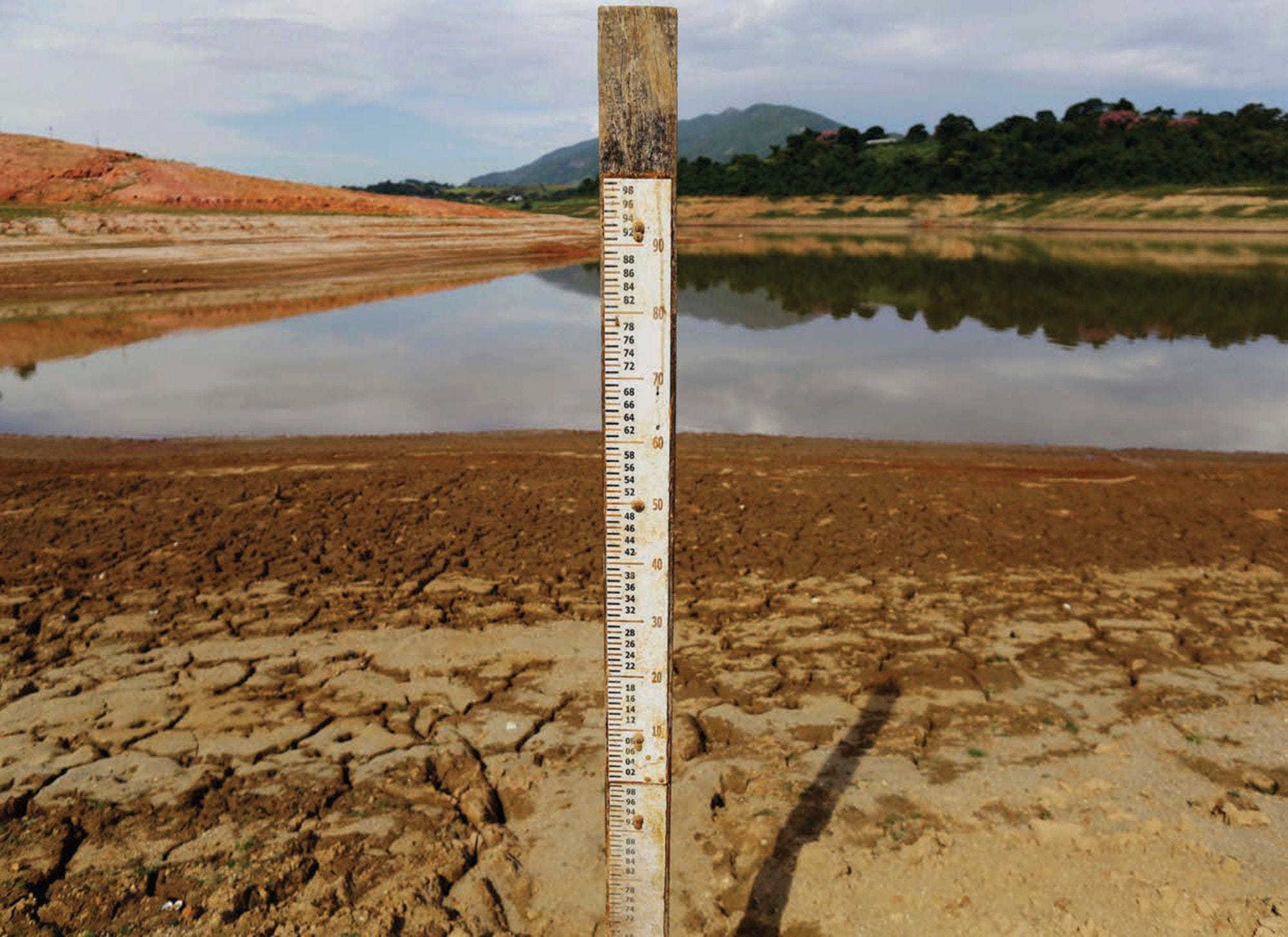Gross Domestic Product per capita: Gross Domestic Product per capita (USD/person) is expressed at constant 2015 USD PPP prices. GDP per capita measures a country’s economic wealth of the population of a nation. However, as a mean value it does not reflect income distribution. Moreover, it is a gross measure of income, and no account is taken of the depreciation neither of produced assets nor of the depletion of natural assets. The main sources for GDP data are the Gross domestic product dataset of Aggregate National Accounts of the OECD National Accounts Statistics Database and the most recent OECD Economic Outlook. OECD data are complemented with data from the World Development Indicators of the World Bank, reference series of the International Energy Agency, and data from the International Monetary Fund.
Land use: The data presented here give information concerning land use state and changes (e.g. agricultural land, forest land). The definitions used in different countries may show variations.
Land area excludes area under inland water bodies (i.e. major rivers and lakes).
Arable refers to all land generally under rotation, whether for temporary crops (double-cropped areas are counted only once) or meadows, or left fallow (less than five years). These data are not meant to indicate the amount of land that is potentially cultivable.
Permanent crops are those that occupy land for a long period and do not have to be planted for several years after each harvest (e.g. cocoa, coffee, rubber). Land under vines and trees and shrubs producing fruits, nuts and flowers, such as roses and jasmine, is so classified, as are nurseries (except those for forest trees, which should be classified under “forests and other wooded land”).
Arable and permanent crop land is defined as the sum of arable area and land under permanent crops.
Permanent meadows and pastures refer to land used for five years or more to grow herbaceous forage crops, either cultivated or growing wild (wild prairie or grazing land).
Forest refers to land spanning more than 0.5 hectare (0.005 km2) and a canopy cover of more than 10 percent, or trees able to reach these thresholds in situ. This includes land from which forests have been cleared but that will be reforested in the foreseeable future. This excludes woodland or forest predominantly under agricultural or urban land use and used only for recreation purposes.
Other areas include built-up and related land, wet open land, and dry open land, with or without vegetation cover. Areas under inland water bodies (rivers and lakes) are excluded.
Population: Population is the de facto population in a country, area or region as of 1 July of the year indicated. The main source of population data is the World Population Prospects database from the United Nations, complemented with data from the World Development Indicators of the World Bank.
Population density: The number of inhabitants per square kilometre of total country area (persons/km2). Population is defined here as all nationals present in or temporarily absent from a country, and foreign nationals permanently settled in the country. Population is the de facto population in a country, area or region as of 1 July of the year indicated. The main source of population data is the Population Statistics database from the Organisation for Economic Co-operation and Development, complemented with the World Population Prospects database from the United Nations, then with data from the World Development Indicators of the World Bank as a third source, and with data from the World Economic Outlook from the International Monetary Fund as a fourth source. Total area data are obtained from the Land Resources dataset of the OECD Environment Database.
